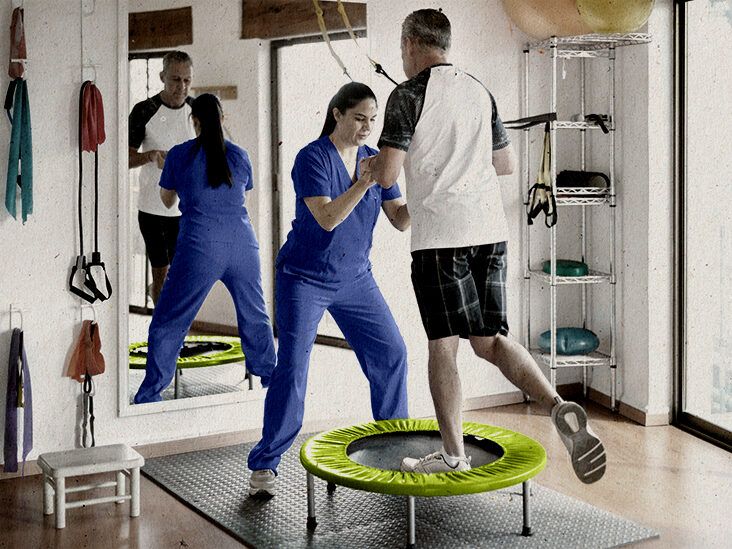Enhancing Rehabilitation and Performance Through Effective Trauma Mitigation Strategies in Physiological Therapy and Personal Coaching
Enhancing Rehabilitation and Performance Through Effective Trauma Mitigation Strategies in Physiological Therapy and Personal Coaching
Blog Article
In the realm of physical therapy and personal training, harm avoidance is a vital component that can substantially enhance recovery and performance. Efficient harm prevention tactics help individuals prevent setbacks that can occur due to physical exertion. These strategies are crafted to fortify the body, improve mobility, and encourage proper movement mechanics. By concentrating on these aspects, both physical therapists and individual coaches can empower their clients to attain their fitness goals while reducing the risk of harm.
One of the essential components of injury avoidance is comprehending the significance of proper warm-up and recovery routines. A preparation prepares the body for activity by boosting blood supply to the tissues and enhancing flexibility. This can consist of dynamic stretches and gentle cardiovascular activities that gradually elevate the heart rate. On the contrary hand, a recovery helps the physique shift back to a calm condition, reducing muscular discomfort and stiffness. Including these protocols into a workout plan is crucial for preserving overall physical well-being and avoiding injuries.
Another important strategy is the application of resistance exercise to develop muscle and support joints. Robust muscles can help stabilize joints, which minimizes the chance of harm during exercise activities. Personal trainers often design strength training regimens that target particular muscle groups, ensuring a well-rounded method to wellness. Additionally, physiological rehabilitators may employ strength exercises to help clients recover from injuries while also preventing future problems. By concentrating on resistance, individuals can enhance their performance in sports and daily activities.
Flexibility training is also a crucial component of harm avoidance. Flexibility routines improve the range of motion in joints and help preserve muscular flexibility. This is especially crucial for sports participants who participate in high-impact athletics, as tense muscular can lead to strains and tears. Both physiological rehabilitators and individual trainers can incorporate flexibility routines into their programs, such as stationary and active flexibility exercises, pilates, or yoga. By promoting flexibility, individuals can improve their overall movement quality and reduce the chance of injury.
Ultimately, informing participants about physical movement and correct methods is crucial for harm avoidance. Comprehending how to perform properly during workouts can significantly reduce the risk of injury. Individual trainers and physical therapists can teach participants about alignment, alignment, and the importance of listening to their bodies. This knowledge enables clients to take this website educated choices about their exercise exertions and recognize when they may be at danger of harm. By cultivating a strong base of harm avoidance tactics, both fields can help clients recover efficiently and perform at their peak.